Underground base of the Naval Forces of Musco
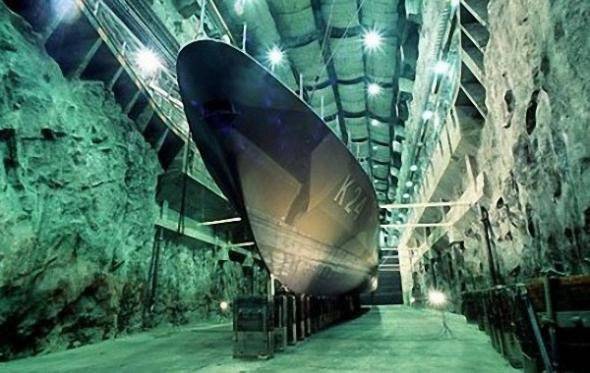
When the whole world was on the verge of war, there was only one really safe place - this is a good bunker deep underground. That is why the world is littered with underground military bases today, many of which are still secret, although most of these were declassified, and some are even open to the public, like Sweden’s naval base Musko (Muskoanlaggningen), which looks like a decoration for good Hollywood movie.
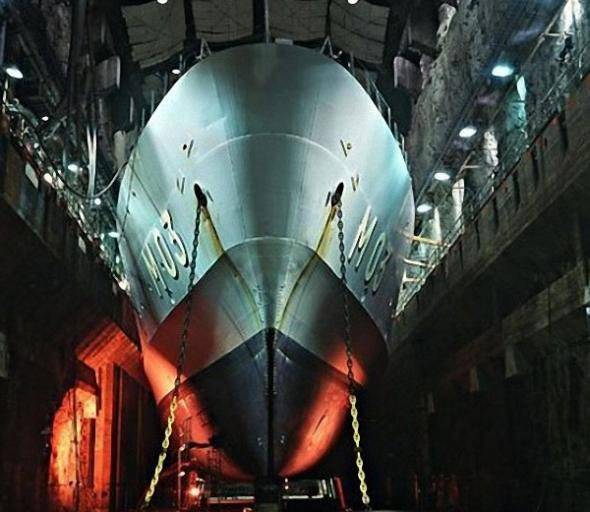
Probably the largest underground military facility in Sweden. This naval base was built under the granite rock RockSolid. Base can not be destroyed by nuclear or other weapons. It took 17 years to build and it has a 4 dock.
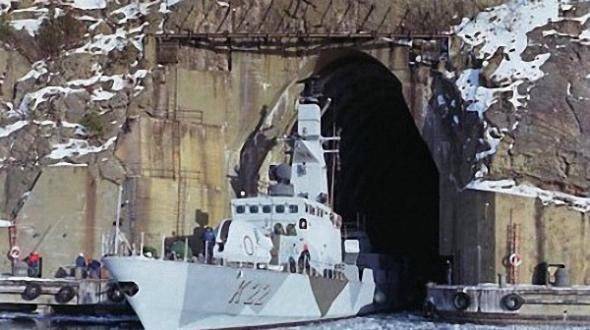
The 1 and 2 dock is 145 meters long and approximately 40 meters high. Both have a 250 meter entrance tunnel.
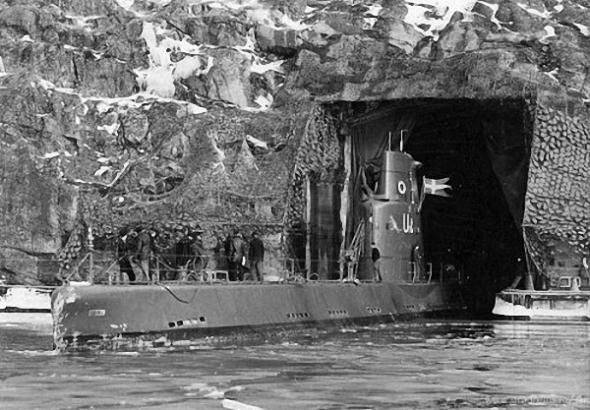
The dock is 3 - 150 meters and is mainly used for submarines.
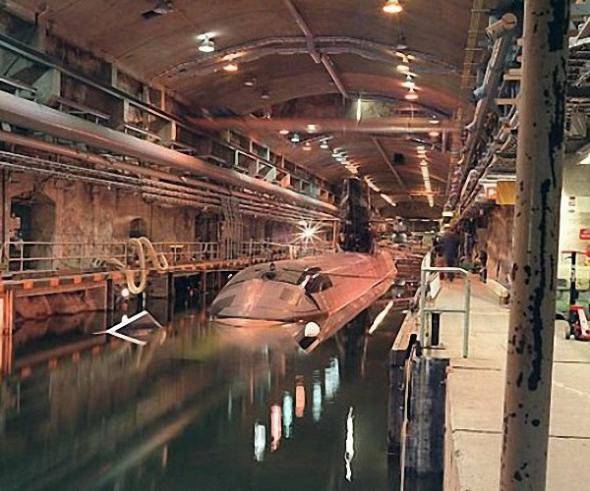
4 Dock - 350 meter tunnel.
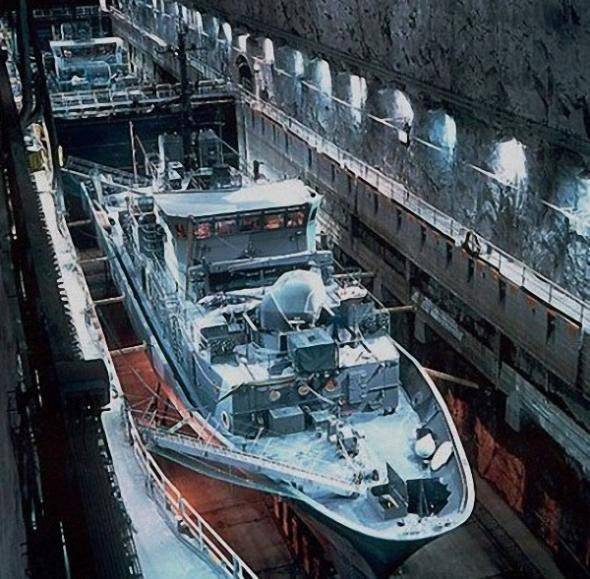
Musko is an island that is connected to the mainland through a tunnel under the seabed (as bridges are easily incapacitated in the event of war), about 3 km in length that was built in 1964 year. In peacetime, 800 people worked at the base.
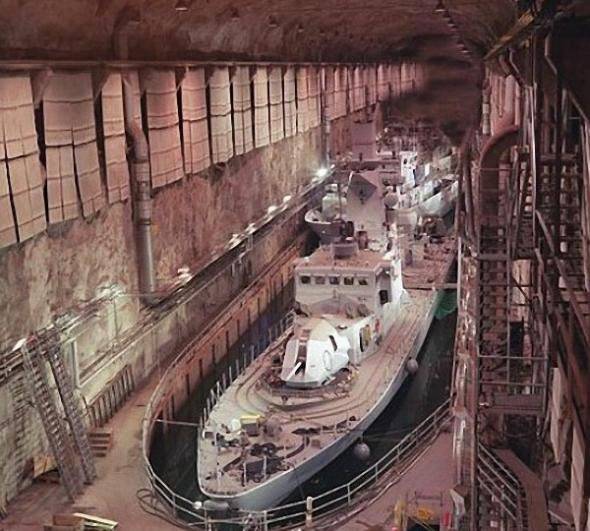
This is not just a dock located underground, the entire naval base is built under a mountain. There is a repair plant, hospital, canteens, barracks, etc., and all this inside the mountain. Thousands of soldiers will serve there in wartime, only in the hospital there are more than 1000 beds.
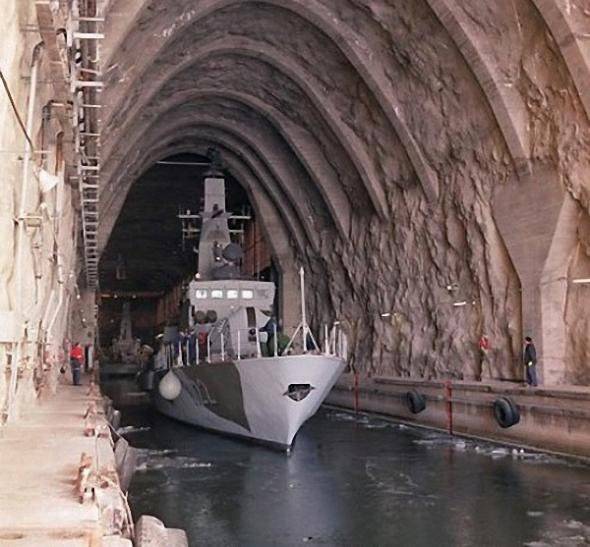
For comparison, during the construction of underground facilities in the Cheyenne mountains, they had to remove 350,000 m3 stone, Musko had to remove 1.500.000 m3 stone (even more, if you consider the underground roads that lead to Musko under the seabed.
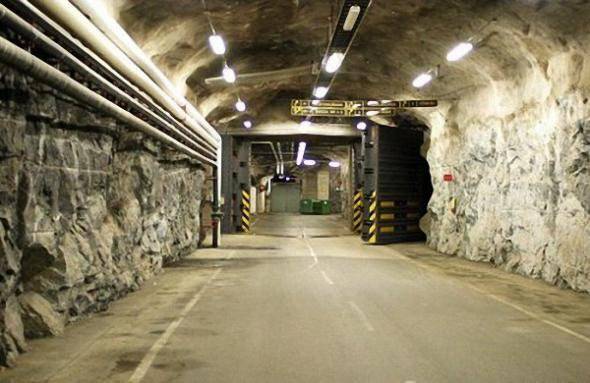
An image of a true underground object would not be complete without a huge blast door. It weighs 45 tons, and can withstand pressure 200 tons / m2
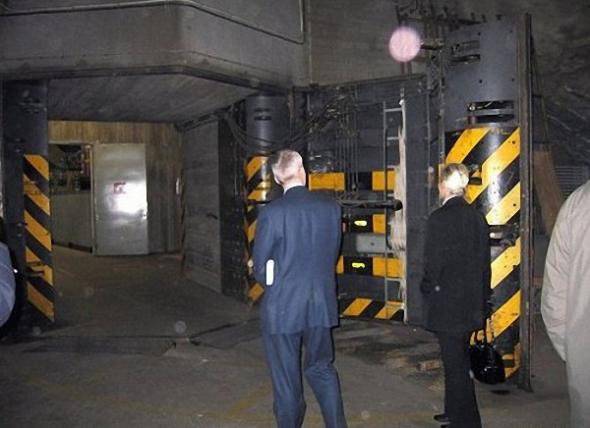
This is reminiscent of a secret lair for a super-villain from some Hollywood movie.
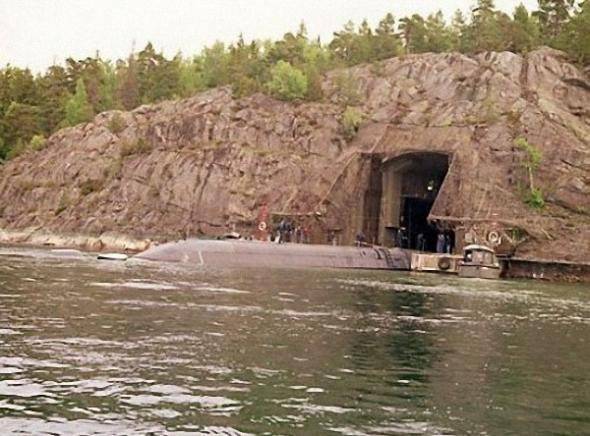
What do you think of moving around such a large complex? By bike, of course.
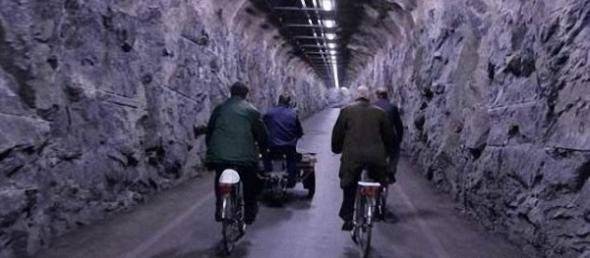
Here is a photo of the supply sector in the facility. It looks like a mall.
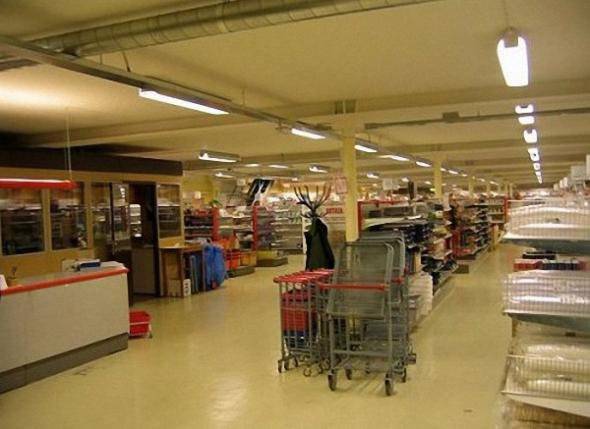
You can see the location of the database on Google Maps.
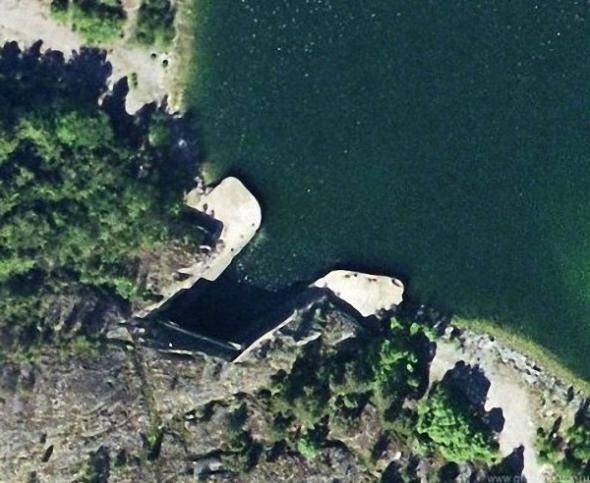
Information